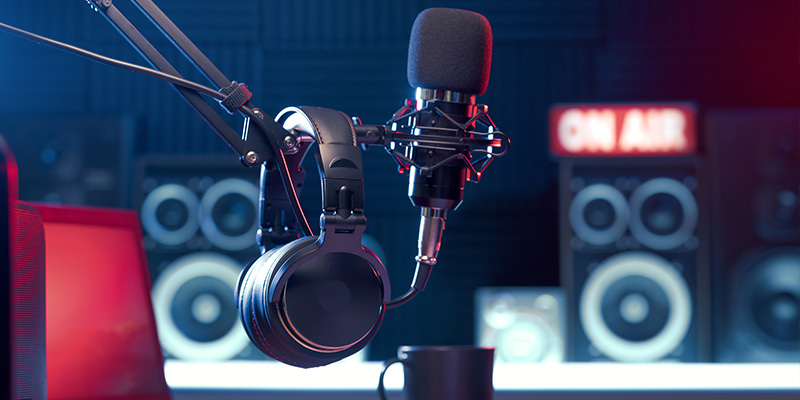Broadcast Radio: Measurable, Scalable, and Effective

Over the last 7 years spent at iHeart, driving research and measurement initiatives, I’ve seen firsthand how broadcast radio continues to be a powerful and effective medium. Yet, one of the most persistent misconceptions I hear is that broadcast radio can’t be measured. The truth is, broadcast is not only measurable; it can be evaluated across every stage of the funnel and for virtually every KPI that matters to marketers.
How can we track broadcast radio?
My team and I have collaborated with leading measurement partners such as Claritas, Magellan, InMarket, Disqo and Nielsen, and others to ensure measurement methodologies are not only sound but tailored to the unique needs of each campaign. Whether it’s a brand lift study for a health brand or foot traffic analysis for a retail partner, the industry has a toolkit that is both flexible and rigorous. If your campaign is built around brand awareness, consideration, purchase intent, or even sales lift, broadcast radio delivers. And we’ve got the data to prove it.
Here’s a snapshot of what’s measurable:
- Upper Funnel: Brand awareness, affinity, message recall
- Mid-Funnel: Website visits, app downloads, tune-in
- Lower Funnel: Online transactions, retail foot traffic, CPG and retail sales lift
Bottom line: If it’s a KPI you care about, there’s a measurement solution for it in radio.
How It Works
Measurement for broadcast isn’t a black box; it’s built on proven methodologies and powered by trusted partners:
- Brand Lift Studies: Survey-based research comparing exposed vs. non-exposed audiences to quantify impact on awareness, favorability, and intent
- Conversion Lift: Tracks online actions like site visits or app downloads tied to campaign exposure
- Sales Lift & ROAS: Uses anonymized credit/debit/receipt data to measure in-store and CPG sales impact
- Foot Traffic Analysis: Connects campaign exposure to retail visitation using mobile location data
These studies use control vs. exposed groups to ensure results are statistically sound and actionable.
And let’s not forget about marketers’ market mix models. Yes, broadcast radio has the granular and precise data feeds needed for a more accurate model!
Real-World Proof
One of the most rewarding parts of my role is seeing the data come to life. I remember sitting with our team after a consumer financial campaign wrapped, looking at the dashboard and seeing over a million web visits directly tied to broadcast radio. Sharing those results with our clients doesn’t just reinforce that audio works, it reshapes how they think about its role in the media mix. It’s the moment where broadcast radio moves from being a legacy channel to a strategic driver of measurable outcomes.
Some other examples of where I have seen broadcast radio work:
- A consumer tech brand drives increases in awareness, conversion and sales with cross-platform audio campaign. Broadcast radio used in key markets with podcast and digital strategy to drive conversions.
- Results: Over 1M in attributable web visits and $6.2M in attributable sales due to the broadcast campaign.
- Broadcast radio delivers awareness and impact among multicultural consumers for health brand. Third party healthcare data was leveraged to build a data-informed broadcast campaign reaching patients with heart disease.
- Results: 3x increase in brand familiarity and more than 2x increase in aided awareness between exposed vs. control groups.
Why It Matters
Having spent over two decades in media research, I’ve seen the pendulum swing from traditional to digital and back again. What’s clear now is that broadcast radio is a high-impact, scalable channel. Smart media investment starts with clear goals, and measurement is the key to showing success. Broadcast radio consistently drives performance across the funnel. Under-investing in it means leaving efficiency and scale on the table. Solving that starts with measurement.
What Marketers Should Do
To set your campaign up for success:
- Define KPIs Early: Know whether you’re driving brand lift, conversions, or sales, and align creative accordingly
- Plan Ahead: Start measurement planning 4–6 weeks before launch to allow for setup and partner coordination
- Use Clear CTAs: Strong calls-to-action help connect exposure to measurable behaviors like web visits or store traffic
If there’s one thing I’ve learned in my years at iHeart and across the media landscape, it’s that measurement drives confidence. And when marketers see the data, it is clear that broadcast radio isn’t just measurable, it’s indispensable.